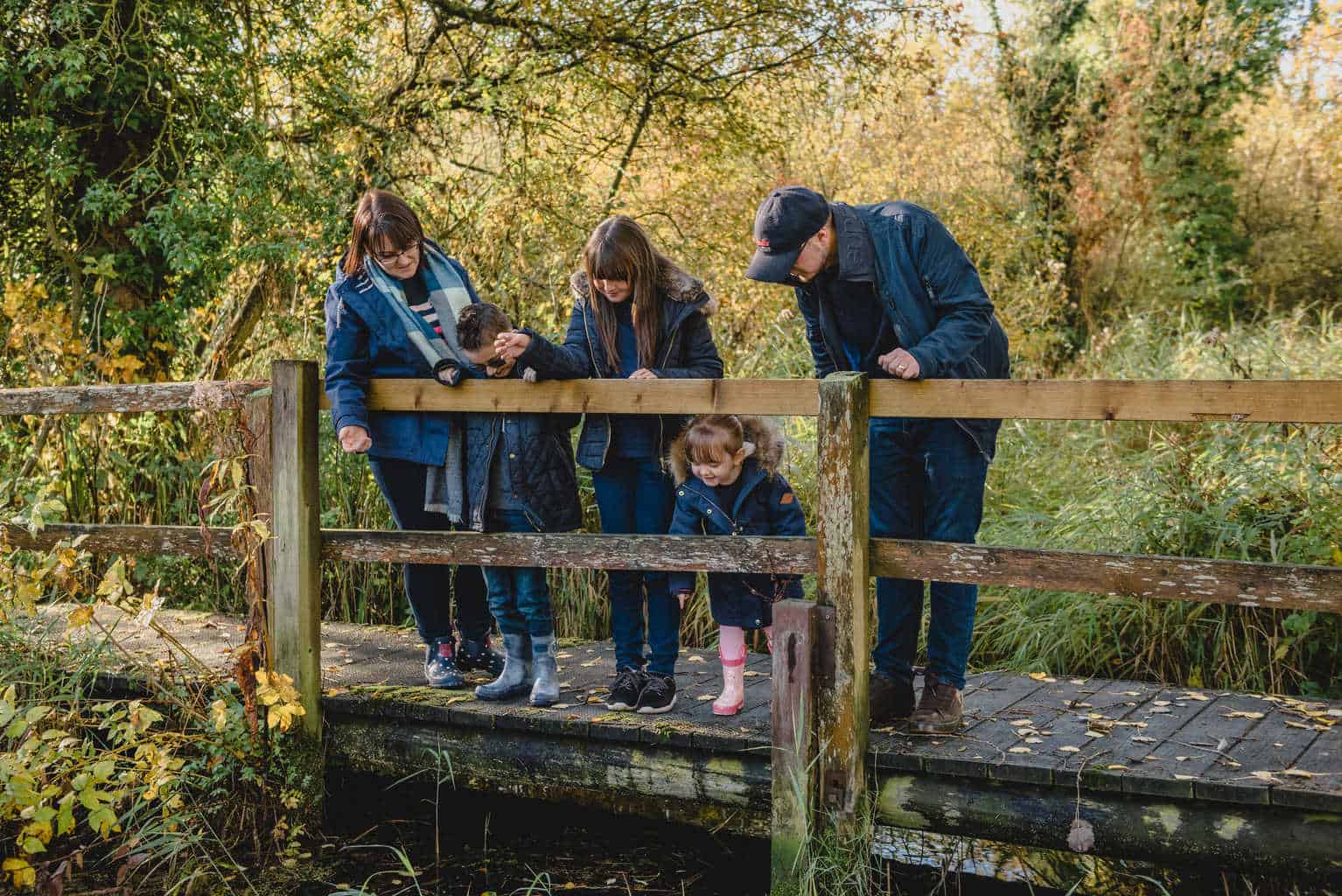AD | Featured
Using the right car seat is the best way to keep your child or children safe when driving. But as a parent, there may be some things you didn’t know or may even surprise you about car seat safety. Things such as the proper height and weight for your child to ride in certain car seats, whether to have them rear-facing and what the most recent rules and regulations are.
In fact, under half of the parents surveyed by the In Car Safety Centre recently, answered that they will move to forward-facing as late as possible, and still feel like there needs to be a lot more information provided to parents about the benefits of rear-facing car seats. So, read on to find out some key advice and information all about rear-facing car seats and their safety.
It’s best to keep a rear-facing car seat for as long as possible
Extended rear-facing car seats may be a new concept for many of you, especially for older children, but these types have actually been around since the 1980s. According to the recent children’s car seat survey, 1 in 4 parents plan to move to forward-facing car seats as soon as possible, with 1 in 3 planning to go forward-facing sooner than is recommended. However, car seat safety experts recommend rear-facing car seats for much longer, as they have been proven to be safer than forward-facing ones.
This is because your baby or child’s whole body is protected by the seat, which absorbs the impact, especially in a head-on frontal collision, which is the most impactful of accidents. A forward-facing car seat can cause strain on the neck especially, as a collision can cause the child to be thrown forward. The injuries, therefore, that a child can get in a rear-facing seat are normally smaller, compared to those in a front-facing seat.
A rear-facing car seat can also be designed to allow your child to stay in it for longer as their age and weight increases, compared to forward-facing, like the 2-Way Elite Britax Car Seat, which has a forward-facing option up to 18kg, but the rear-facing option goes up to a further 25kg. So, not only for safety reasons but for benefiting from keeping your car seat for longer before spending money on a new one, you should consider keeping your child in a rear-facing car seat as long as possible.

Choosing the right car seat
When buying your first or a new car seat, it is always worth considering the current weight, height and age of your child, as this will determine the type of seat you need now and in the future. For example, did you know that some car seats only use a weight-based system, whereas others are based on the child’s height? The right car seat will mean that your child is secured correctly in the seat – if your child is too big for the seat or too small for the safety belt, this can hugely affect their safety in the car.
This is also the case when moving onto your next car seat, which you should avoid doing too early. It’s best to keep your child in their current safety seat until they reach the maximum weight limit, especially if you’re thinking of moving to a booster seat instead. In fact, it’s recommended to keep your child in the correct rear-facing car seat for much longer than you might think, as aforementioned.
Make sure the car seat is installed properly
It is always best to read the manual and installation instructions fully, for both the car seat and your car, to make sure you understand how it works in your vehicle. In most cases though, it is highly recommended to have your car seat installed or checked by the experts, to ensure that they have put in or checked all the necessary things that you might have missed installing it yourself. Some car seat companies now have online assistance where you can send photos of the installed seat if you can’t visit them in-store, or online car seat compatibility checkers, that can tell you if the seat is best suited for your specific car.
Buying or installing a child’s car seat can seem daunting to some parents, but with the right guidance and information, you can be sure your child is kept safe whilst you’re driving.






















